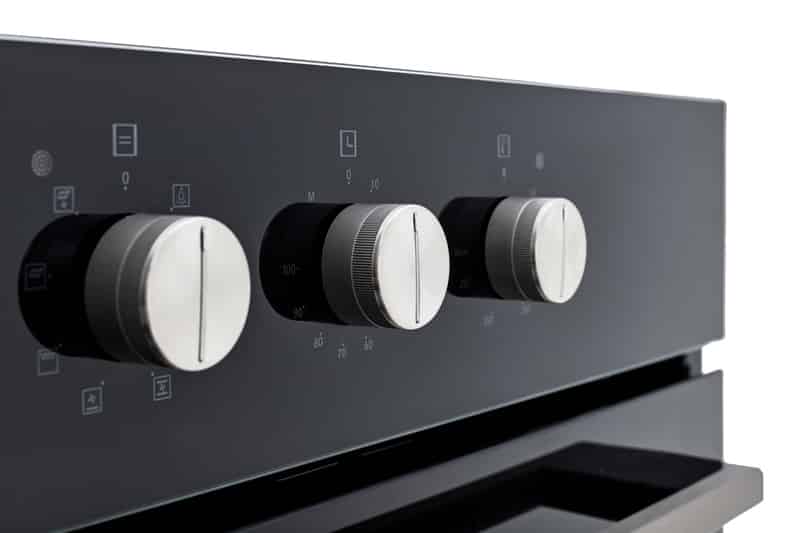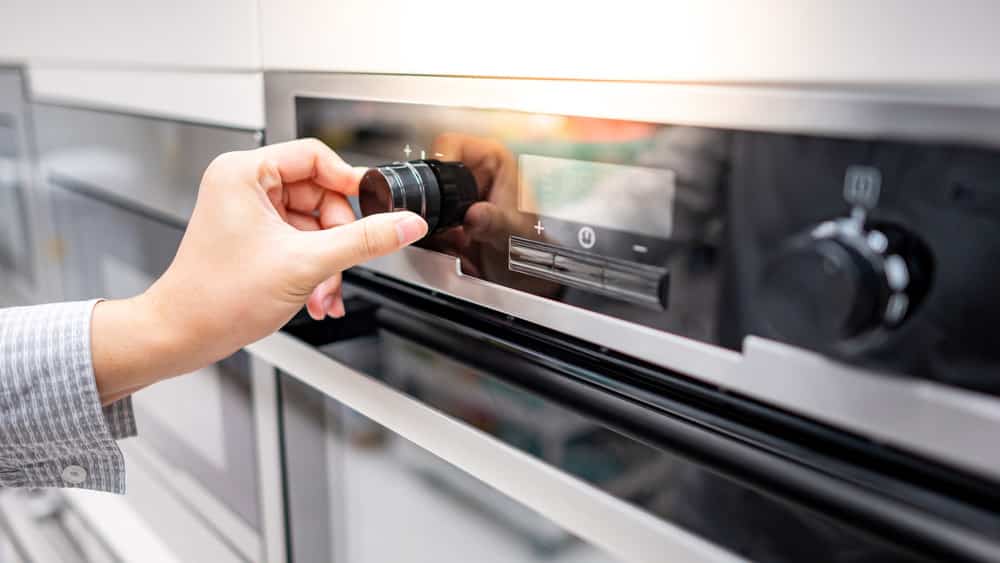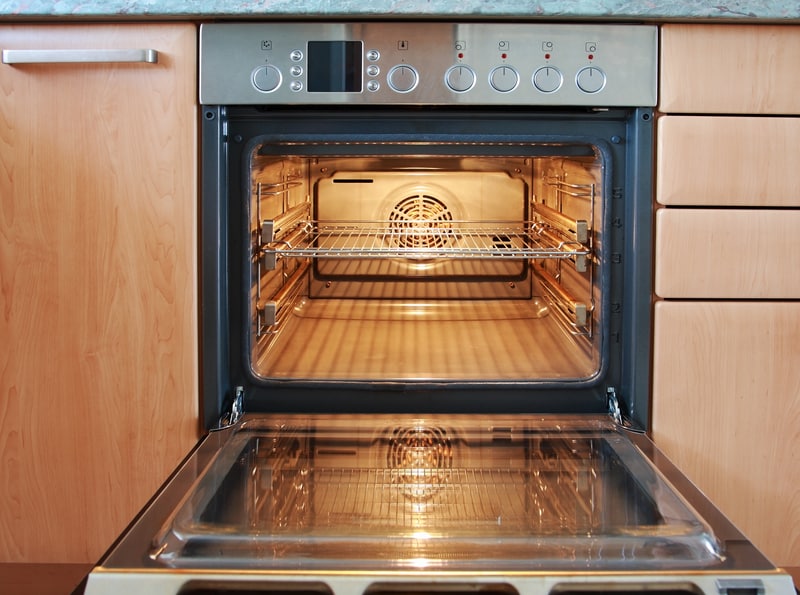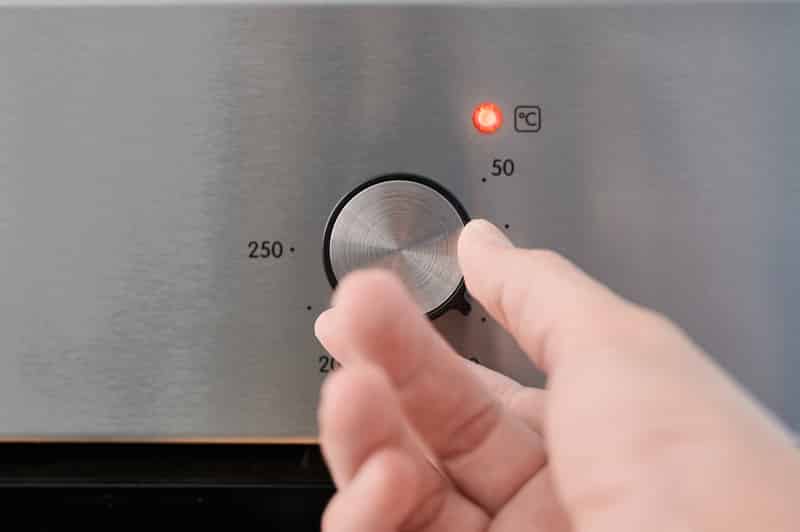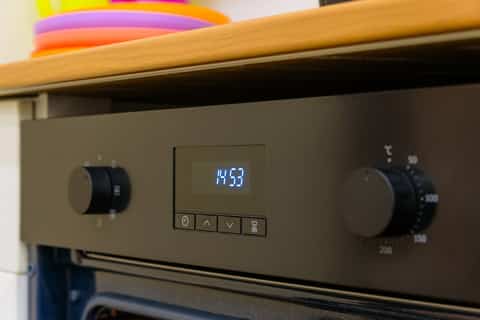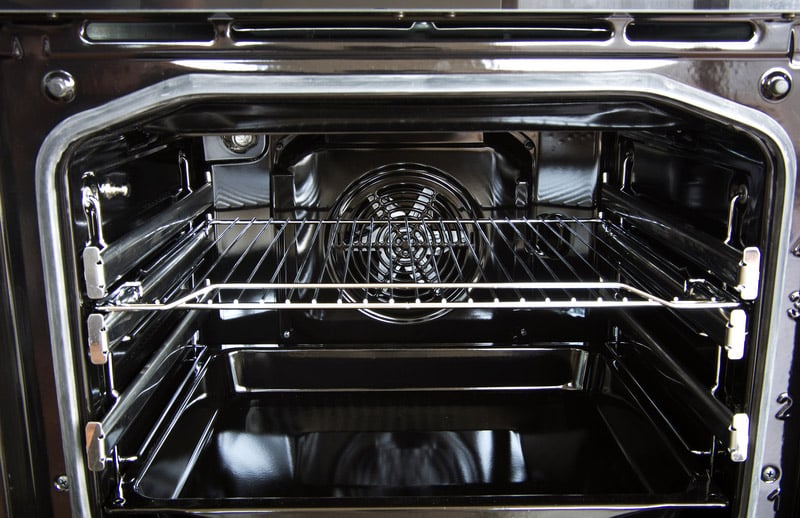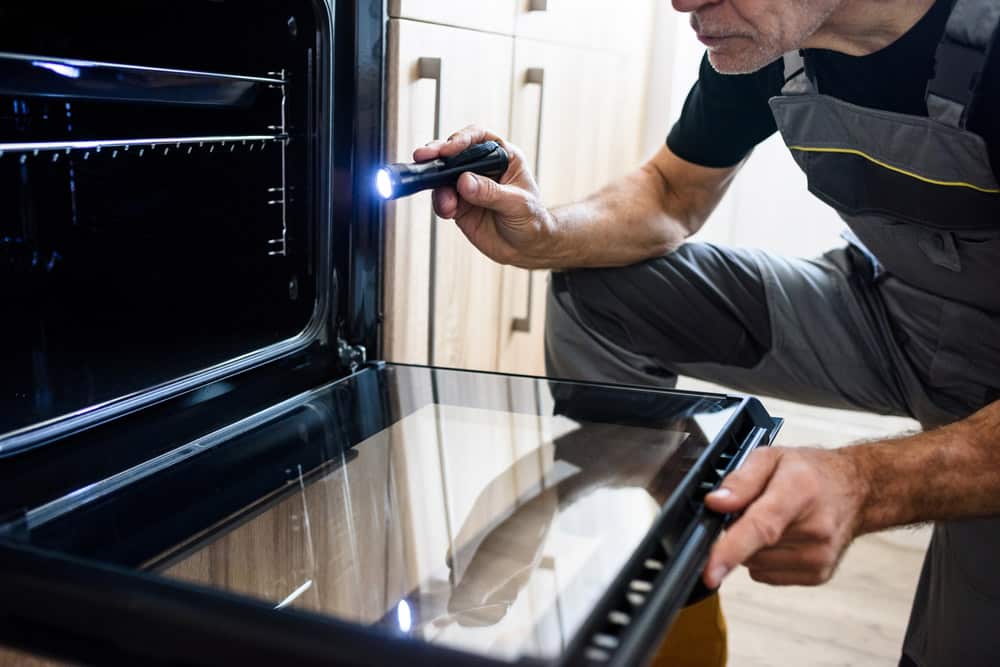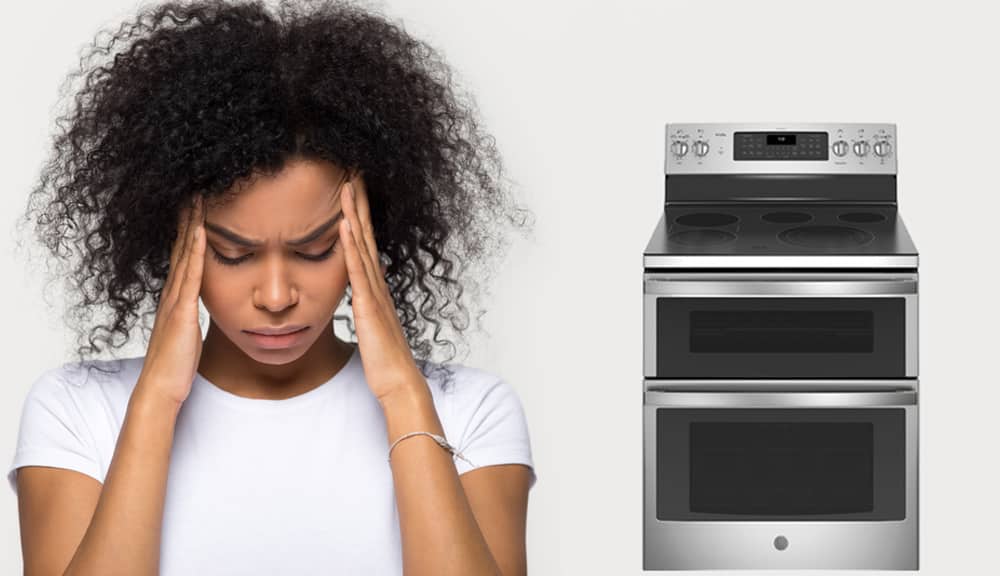
The GE ovens range is one of the best out there thanks in part to their efficiency and durability. GE has both electric as well as gas models available for customers. In addition to this, they have induction technology, along with convection and warming drawers.
For the most part, GE ovens work great – however, there are some problems that the oven can run into that disrupts its functioning. These are easy to troubleshoot, and once you’ve figured out what’s causing trouble, you can make the necessary repairs.
In this article, we are outlining the common problems GE profile ovens face, along with their solutions!
GE Profile Oven Problems
- The Burners Are Heating But Oven Is Not
When it comes down to the GE profile ovens, the most common issue is with the burners themselves. Sometimes, the burner may get hot but the heat won’t dissipate throughout the oven. In the section below, we are sharing the troubleshooting methods!
- Shutoff Valve
In case you are using the GE gas model and the oven won’t warm even though the burners are red-hot, there are chances that the shutoff valve is closed. In the majority of cases, the valve is mistakenly closed while moving or cleaning the oven.
To release the shutoff valve, you have to pull the oven outward (since the shutoff valve is usually on the backside), then turn the switch on from behind. If the valve isn’t present there, it’s likely behind the storage drawer.
- Oven Controls
If the shutoff valve isn’t closed but heating issues persist, there are chances that the oven controls are not properly set up. For this reason, you must switch on the cooking mode and choose the type of food that you are cooking.
If you just got a GE oven and aren’t sure of what modes to pick, refer to your user/instructional manual. After you’ve decided, just press the suitable button on the display panel and select the temperature. When the cooking mode and temperature are set, press the start button!
- Temperature
If your GE profile oven is warming up but is not reaching the set cooking temperature, you have to tweak the temperature settings. Generally, you need to adjust the temperature by 35-degrees. Preheat the oven at higher temperatures than what’s needed to cook your dish.
- Sabbath Mode
If all the oven parts are working properly but the oven is still not heating up, you might have switched on the sabbath mode accidentally. If this mode is enabled, the sound and lights of the oven will be switched off and you will be able to use only the bake mode.
To disable the sabbath mode, you have to switch off the oven and press the broil and bake pad for three seconds. As a result, the special features menu will appear and you’ve to choose the delay time button until 12 Shdn appears.
Once it appears, just press the start button and you will be able to switch off the sabbath mode.
- Inaccurate Temperature
Inaccurate cooking temperatures are unsafe for your health as they can result in undercooked or overcooked food. Generally, this problem arises due to issues with the bake element, igniter, and broil elements.
- Bake Element
Whenever the bake element is working properly, it will have a hot red color. If that color’s missing and the bake element isn’t working, you need to replace it. To be sure, just use a multimeter to check the continuity of the bake element.
- Igniter
The igniter is responsible for drawing electrical current from the gas valve. Because of this supply, the igniter is likely to weaken over the course of time and will impact the temperature settings. For this reason, you must change the igniter of the GE oven to ensure accurate temperatures.
- Broil Element
If there are inaccurate temperatures, it might be because the broil element has burned out. For this purpose, you have to check the broil element for blisters and holes or separation. The broil element is present at the top portion of your oven.
You can use a multimeter to check the continuity of the broil element as well and replace it in case of continuity issues.
- Temperature Control Thermostat Failure
All GE ovens are designed with temperature control thermostats that are responsible for monitoring the oven temperature. If the thermostat isn’t properly calibrated, the heat cycles will be impacted. As a result, the oven temperature will go too high or low.
In most ovens, the thermostat is located behind the temperature control knob. If it’s not present there, you can check the user guide that comes with the appliance. To check whether or not your oven’s thermostat is in working order, follow our troubleshooting guide.
- Grab an oven-safe thermometer and place it inside the oven. Make sure you can see the thermometer through the glass door.
- Set your oven to 350 degrees and let it heat up for around 30 minutes.
- Check the thermometer reading without opening the oven. Repeat this process 3-4 times then calculate the average reading.
If the temperature is off by a few degrees, your thermostat is perfectly fine and the cooking errors are likely you missing a step in your recipe or using the wrong cooking mode.
However, if the temperature is off by more than 5 degrees, you must call a technician for replacing or calibrating the thermostat.
- Light Is Out
When the GE profile oven stops giving out light, there are small factors that need to be considered, such as;
- Light assembly – the first thing to do is to check the light assembly on the top or back of the oven and look for a broken filament or visible heat damage. It’s best to call a technician for this.
- Light bulb – in case the light assembly is fine, you need to check the light bulb and see if it has burned out. It’s best that you replace the bulb and use a new one. You can order one online.
- Light socket – in case the light is still not switching on, you have to check the light socket because it might not be getting power properly. Failure of this part of the light assembly isn’t rare. You have to call your technician and let them check the light socket (if there are defects, it must be replaced).
If the light doesn’t turn on in your GE profile oven and you can’t troubleshoot the issue, refer to your user manual for instructions on turning the light on or off and make sure the power supply is fine. If it still doesn’t turn on, call a repairman to fix the oven.
- Oven Door Won’t Shut
Last but certainly not least is the oven door being unable to shut itself. Using an oven with a loose door isn’t safe. Follow these troubleshooting steps to try and fix the oven door yourself.
- Unplug your oven from the power socket. If it’s a gas model, shut off the gas supply.
- Thoroughly clean the oven door first- make sure there are no food items stuck on the sides preventing the door from closing.
- Remove the door from your oven. Pull on it straight up and out for easy removal. If it won’t budge, look for screws tightly holding the hinges in place. These will be on the inside of the oven. Unscrew them carefully. Look for damage to the hinges and replace them if necessary.
- Next, check for broken door springs. Door springs can be located underneath the oven by sliding out the bottom drawer. Use pliers to remove any broken springs.
- Springs are typically wrapped around two bolts, so be sure to rewrap the ends of newly fitted springs around either bolt.
- If the springs are fine, replace the rubber gasket or silicone around the door.
- If the issue persists, you may need to have the door sensors replaced by a technician.

